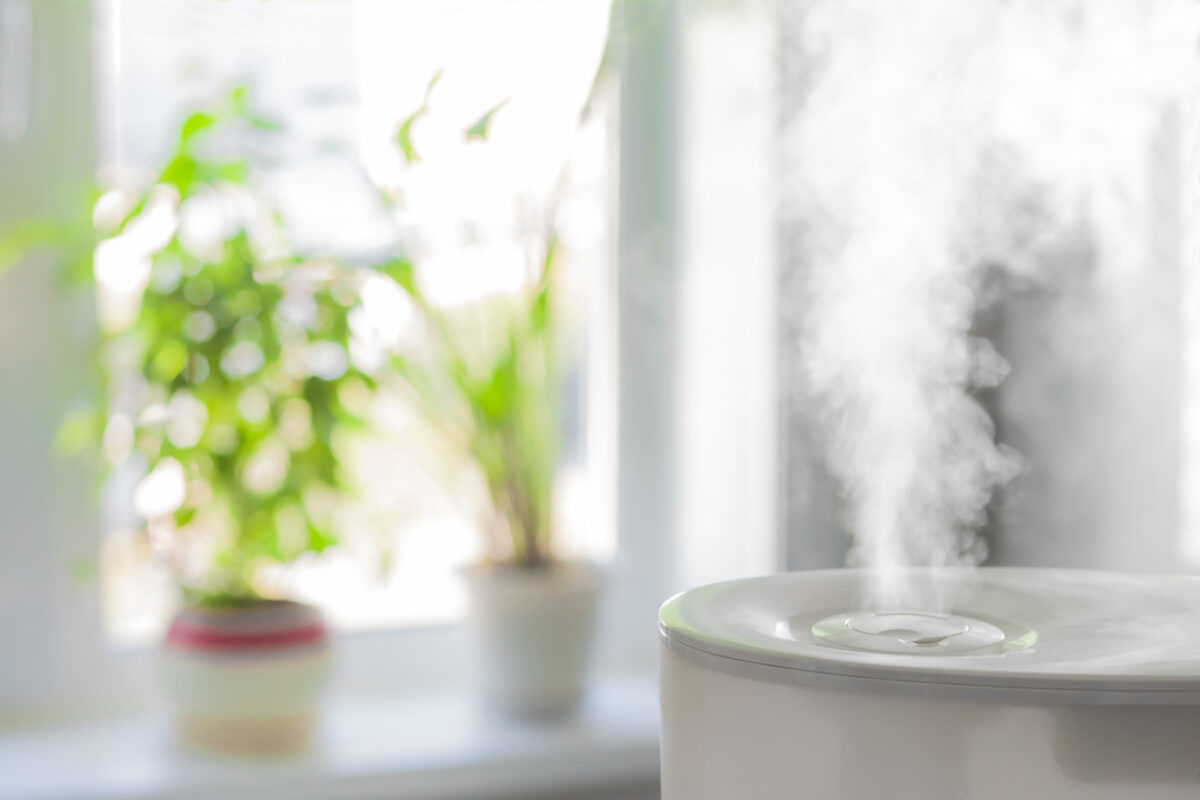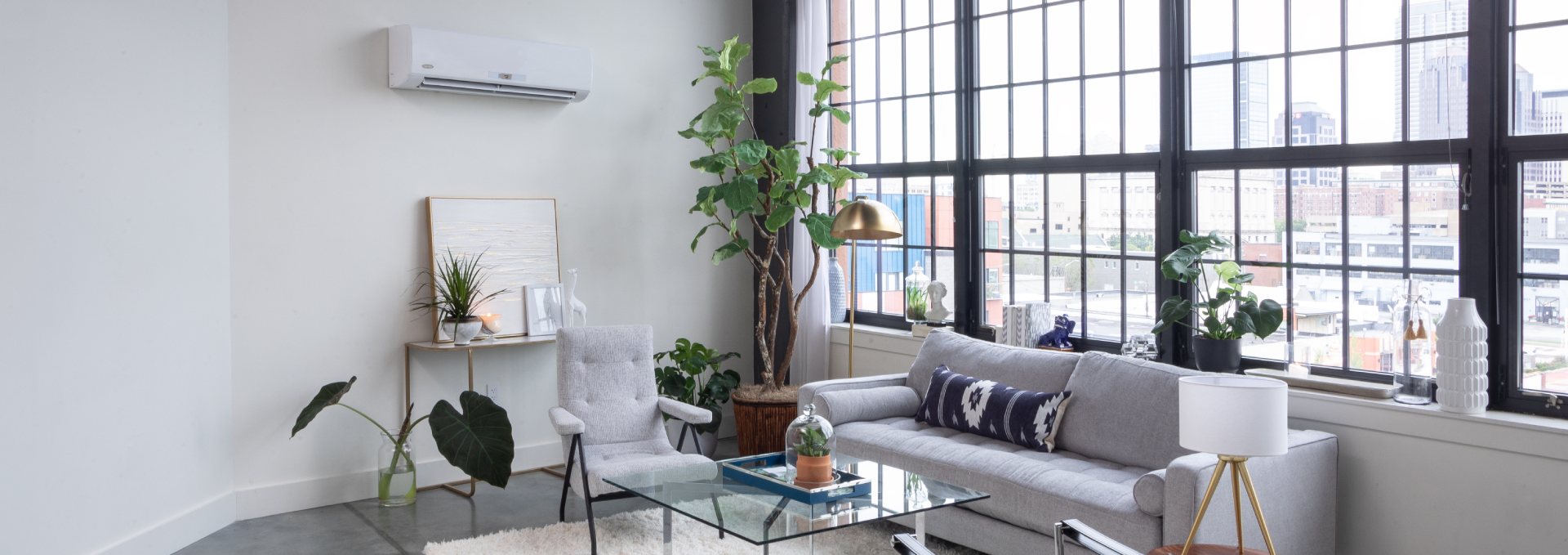
The climate in Atlanta and North Georgia is certainly no desert. Outside, the average monthly relative humidity rarely drops below 60% and it rises up near 80% in sultry August. But in the late fall, winter, and early spring, our heating systems can create desert-dry air in our homes.
You may notice dry air first through the discomforts it can bring. Dry, itchy skin. Chapped lips. Irritated eyes. If dry air persists, you may develop a sore throat, inflamed sinuses, and even nose bleeds.
Your body will also feel colder in dry air. Moisture evaporates more easily from your body, cooling you down. You’re likely to turn up the thermostat to compensate. This can raise your monthly energy bills and make the dry air even worse.
In addition to discomfort, dry air can cause or worsen many respiratory problems. It may even damage your house, furniture, plants, and other belongings. Learn about the effects of dry air below!
How Does Your Heating System Dry Air?
While the details of the answer vary somewhat for different kinds of heating systems, furnaces generally do not remove water from the air inside your home. Rather, the cold air outside your home cannot hold as much total moisture as warm air. It tends to have a lower absolute humidity[1] even if its relative humidity[2] is still high.
As your furnace heats up that cold air from outside, the air’s capacity to absorb moisture goes up, but there’s no more moisture in the air to absorb. Your home’s relative humidity goes down, and the air goes looking for other sources of moisture to absorb… sources such as your skin, eyes, and respiratory system.
How Can You Measure the Humidity of Your Home Air?
Recommendations for the ideal home humidity vary slightly from source to source, but both the Consumer Product Safety Commission and the Mayo Clinic suggest maintaining a relative humidity of 30-50%.
Some models of smart thermostats have a built-in hygrometer (a humidity sensor), so you may be able to get a relative humidity reading directly from your thermostat.
If your thermostat does not include a humidity sensor, you can find many affordable, battery-powered hygrometers online or in your local hardware or home store. If you find them for a good price, consider buying a few and placing them in different areas of your home. Or buy one and move it around from time to time to compare humidity levels.
You’re likely to find more humid conditions in your basement, bathrooms, kitchen, and laundry room. You may find drier air in bedrooms, living rooms, home offices, and other living areas.
You’re also welcome to schedule a service call with us, and we’ll test your humidity levels for you. (If you’re concerned about dry indoor air, it’s best to do this during the colder months, when your home’s humidity is likely to be at its lowest. Call us in the summer if you’re concerned about indoor air that’s too humid.)
Our Team is Here to Help
However you test your home humidity, if you find levels below 30%, it’s time to consider a whole house humidifier for healthier indoor air. In our next blog, we’ll discuss the five major benefits of getting a whole house humidifier, differentiating why it’s safer than a portable humidifier, and making a few recommendations for which type of whole house humidifier would best fit your needs.
Or, if you’re interested in learning about our recommended whole house humidifiers or have any further questions on the effects of dry air, reach out to us here or give our team a call at 770-995-7585. We look forward to your call!
[1] The total mass of water vapor in a volume of air.
[2] The mass of water vapor as a percentage of the maximum amount the air could hold at the current temperature.

